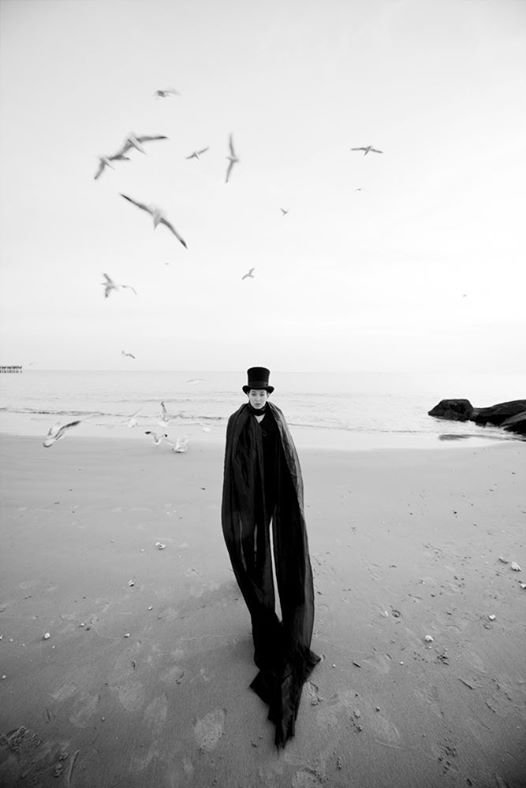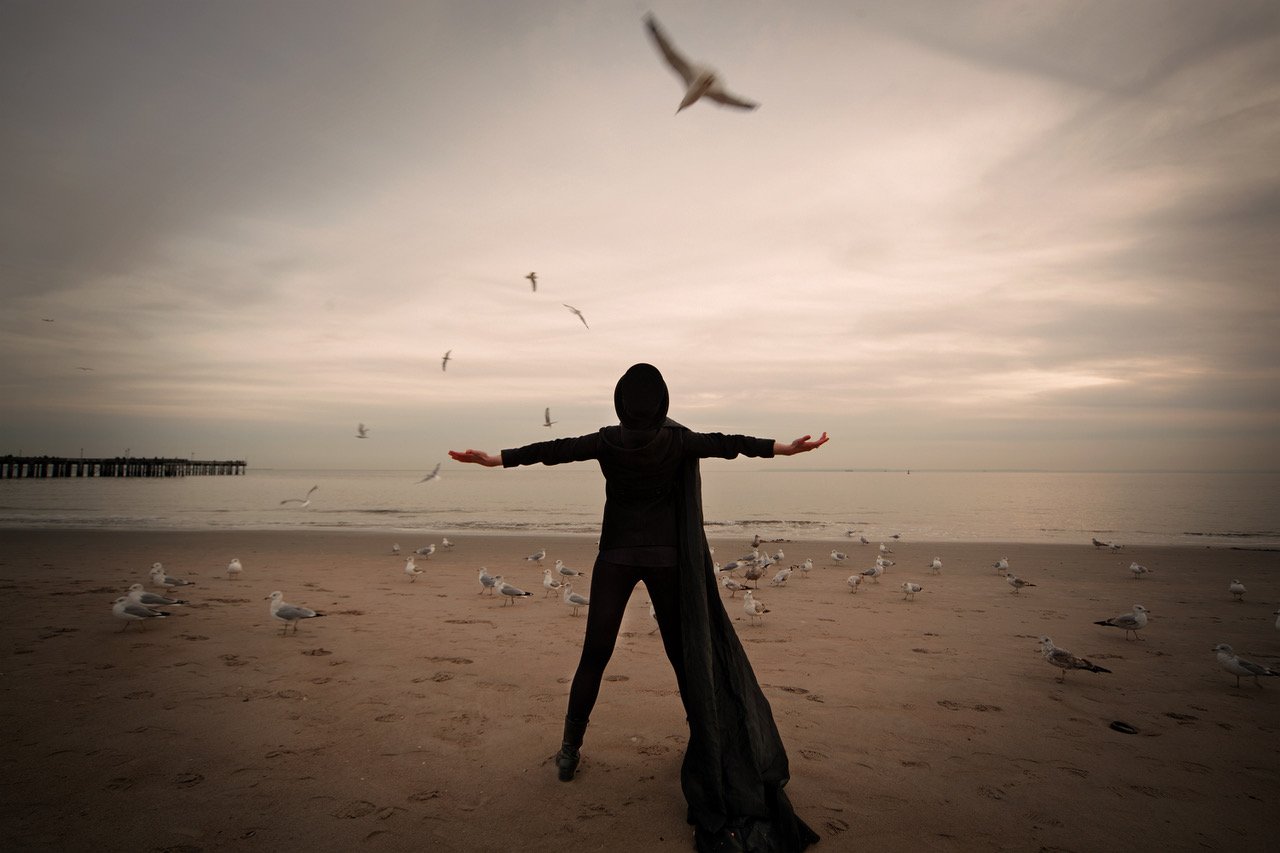Tito Trelles
Tito Trelles (Born 1950, Sancti Spiritus, Cuba – Died 2019, Miami, Florida) was a prolific and versatile photographer whose career spanned several decades, exploring a wide array of genres and styles. He began his photographic journey in his native Cuba, capturing the essence of everyday life with a raw, honest approach. His early work was deeply influenced by his surroundings in Luyanó, a crowded working-class neighborhood on the outskirts of Havana, where he documented the lives of his friends, neighbors, and the often-overlooked moments of daily existence. This focus on quiet, intimate details became a central theme in his body of work.
In 1992, Trelles left Cuba and fled through Mexico to the United States, marking a pivotal moment in his career. Tragically, much of his early work was lost due to a flood at a friend's home in Mexico, where he had left many of his negatives. However, Tito embraced this loss as an opportunity to reinvent himself, seeing it as a symbolic "start over."
Relocating to New York City, Tito Trelles expanded his artistic expression. He moved beyond documentary photography and began exploring conceptual photography, blending surrealism and impressionism within the urban landscape. This period of experimentation reflected his continuous desire to push the boundaries of his craft. His work during this time demonstrated his keen interest in creating images that spoke to deeper human emotions and existential questions.
Eventually, Tito transitioned into the realm of nude and boudoir photography, producing an extensive and acclaimed body of work. His approach to nude photography was far from objectifying. Rather, he sought to create a space for intimate visual conversations with his models, using metaphor and symbolism to penetrate beyond the surface and reveal personal narratives. In his series The Magical Life of Berenice Fulmer, shot in Coney Island, New York, Trelles skillfully merged reality and fiction, using his lens to craft a layered story that invites the viewer to uncover the deeper truths beneath the surface.
Tito Trelles’ career was marked by his constant evolution as an artist, his ability to adapt and embrace change, and his dedication to exploring the human experience through photography. His work leaves behind a legacy of intimate, thought-provoking images that continue to resonate with viewers.
Tito Trelles: memoria de un fotógrafo triste by Janet Batet. Hypermedia Magazine
La Habana Landscape, Cuba by a Cuban
In the introduction to his essay "La Habana Landscape, Cuba by a Cuban" (self-published, Blurb, 2013) Tito asks: "Please try to see each photo as an individual story... It is all I ask..."
"This is who we are ... no sugar added”
Canción para despertar a papá, 1984
David y Miguelito... Luyanó, 1983
Paquita mirando la lluvia, La Habana, 1983
La caja de herramientas de mi madre, 1983
Odín castigado, Luyanó, 1982
The Magical Life of Berenice Fulmer
From his need to get away from crowded everyday scenes, Tito takes refuge in personal stories with his female models where, beyond the banal and objectualized representation of the woman's body, dialogues are revealed through visual metaphors that without the use of words penetrate the inner world of his models. In his photographic series "The Magical Life of Berenice Fulmer", made in Coney Island, New York city, Tito artistically recreates a reality, a story, tricking the eye of the viewer into seeing what lay beneath the story.

Berenice, the kite enchanter

Berenice at the beach

The Prayer

The Ascension

Last cry for a lost kite

Goodbye Berenice






